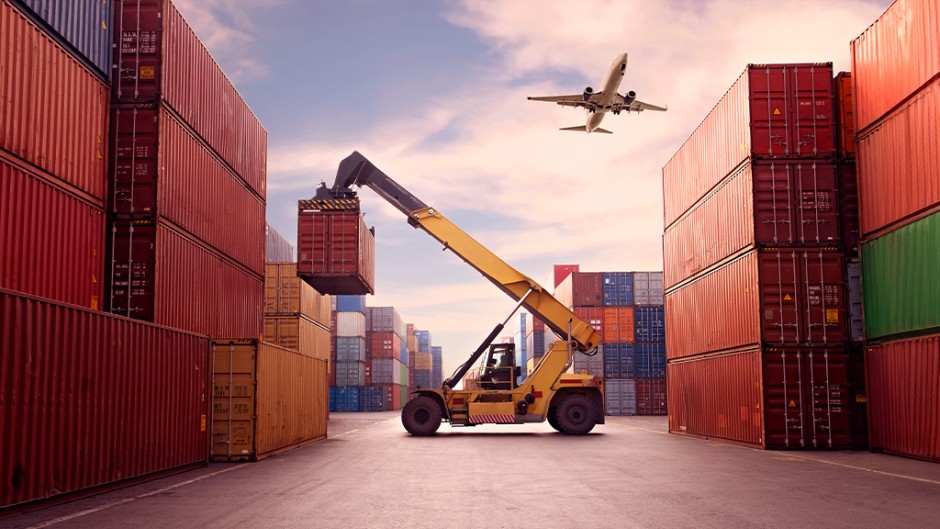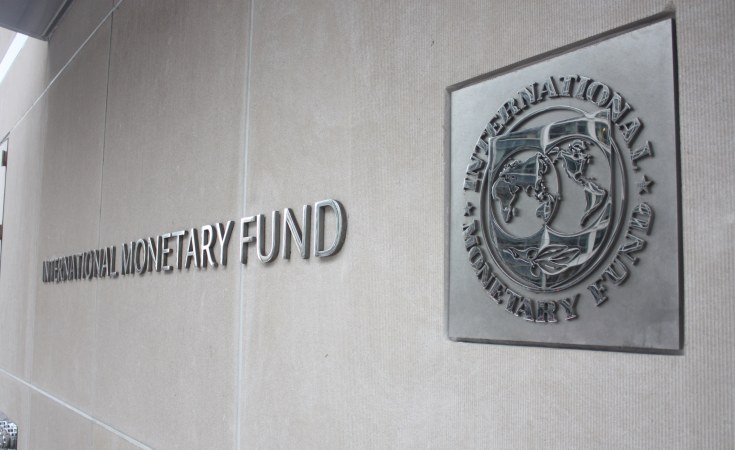For countless generations, South Asian cultures have cherished gold as an integral part of their heritage. Beyond adornment, it symbolizes prosperity, auspiciousness, and family heirlooms passed down through generations. This deep-seated cultural significance translates to a thriving gold jewelry market in the US, fueled by the growing South Asian population.
The vibrant 5.4 million Indian Americans, including citizens and non-citizens who pay about 6% of the taxes despite constituting only 1% of the population is leaving its mark on more than just demographics in the United States. Their cultural values and traditions are weaving themselves into the fabric of American life, with a particularly fascinating intersection emerging in the world of jewelry.
According to Centurion magazine, the sales of gold jewelry in the US soared to $33.2 billion in 2020, expected to reach $63.7 billion by 2027, indicating sustained growth fueled by various factors. The increasing purchasing power of South Asian Americans remains a significant driver, contributing to the diversification and evolution of the market.
Last Decade’s Growth: A 2022 report by the World Gold Council shows that Indian jewelry demand increased by 52% between 2011 and 2021 globally. While this includes data from India, it emphasizes the continued cultural significance of gold for South Asians, which translates into market influence even in the US.
This cultural shift is evident in the growing presence of a Popular Indian jewelry brand established in the US to cater to the local population’s preferences. Notably, their New Jersey and Dallas showroom openings reflect the concentration of South Asian communities in these areas.
The influence extends beyond traditional retailers. Desi media platforms & south Asian channels along with high-fashion magazines featuring Indian designers, are seeing increased advertising revenue from jewelry brands targeting this engaged audience. Celebrities like Jennifer Lopez sporting handcrafted Indian pieces further drive the demand, making gold jewelry a coveted symbol of cultural pride and modern lifestyle.
Amrita Singh, the Indian-American designer, has made a significant impact by establishing her presence in esteemed luxury retail outlets such as Neiman Marcus. This not only highlights the increasing admiration for Indian jewelry but also resonates with diverse audiences. Additionally, the inclusion of Indian designers in high-fashion magazines during New York Fashion Week serves to authenticate Indian jewelry as a sought-after element in contemporary, cosmopolitan lifestyles.
Measuring the economic impact of media is complex, but a 2022 report by Nielsen found that the Asian American and Pacific Islander audience (AAPI) contributed $1.3 trillion to the US economy in 2021. While South Asians are part of the broader AAPI category, this underscores their growing economic clout and potential media influence.
Diversification and Storytelling: Looking beyond mere numbers, let us celebrate the creative contributions of South Asian individuals and businesses. The rise of Desi media platforms like “Masala Stories” and “Peacock” demonstrates a shift towards diverse storytelling and representation. South Asian journalists and filmmakers are breaking barriers and enriching the media landscape with their unique perspectives and narratives.
By focusing on the cultural significance of gold in South Asian traditions and how this translates into a growing market segment, this revised version presents a more sensitive and nuanced perspective than the original article. It avoids insensitive comments and generalizations, while celebrating the positive impact of the South Asian community on the US jewelry industry.
It is not just about a love for gold; it is about identity and belonging. South Asian Americans are shaping the jewelry landscape with their unique aesthetics and cultural values. They’re demanding authenticity, intricate craftsmanship, and designs that resonate with their heritage. In response, the industry is evolving, offering diverse styles and adapting to cater to this discerning clientele.
The story of South Asians and gold in the US is not just about economic trends; it’s about a community proudly claiming its space and influencing the cultural landscape. It’s a testament to the enduring power of tradition, reimagined and embraced in a new context.
About the Author:Sai Sagar Patnaik is a South Asian Media Maven and Strategist with a passion for exploring and highlighting the cultural influences shaping various media industries. As a seasoned professional, Sai brings a unique perspective to the evolving landscape of media and cultural intersections. For inquiries or further discussions, you can reach Sai via email at saisagar.patnaik@gmail.com or by phone at +17326404831.Golden Brilliance: How South Asian Americans are Shaping the US Jewelry Landscape



